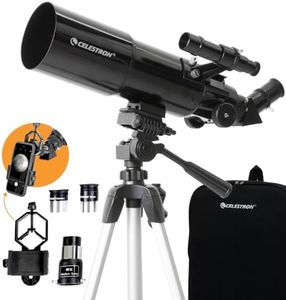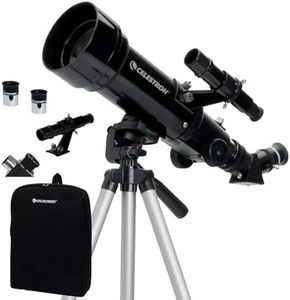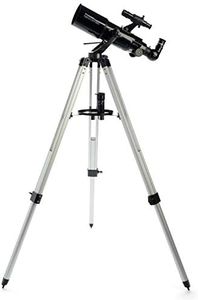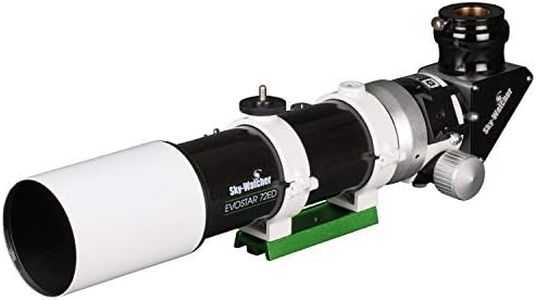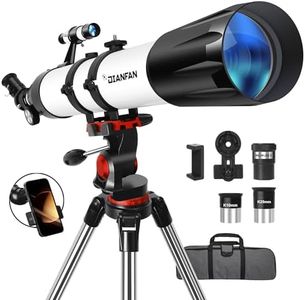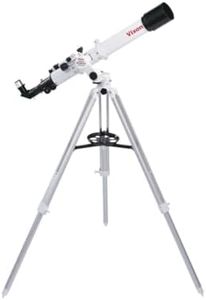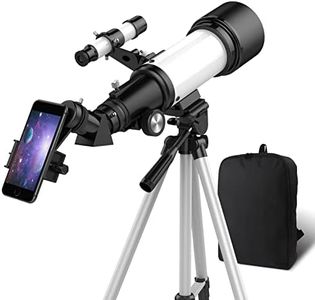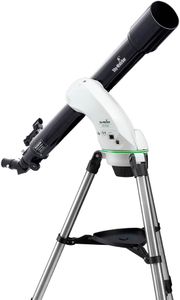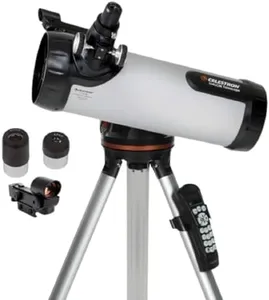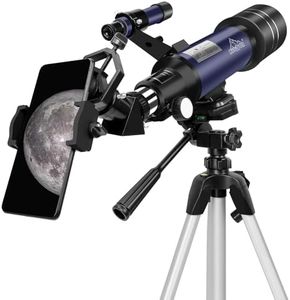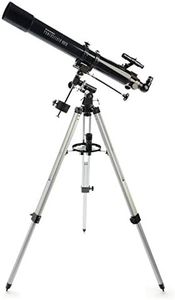We Use CookiesWe use cookies to enhance the security, performance,
functionality and for analytical and promotional activities. By continuing to browse this site you
are agreeing to our privacy policy
10 Best Portable Telescopes
From leading brands and best sellers available on the web.Buying Guide for the Best Portable Telescopes
Choosing the right portable telescope can be a rewarding experience for anyone interested in exploring the night sky. The key is to focus on the features that matter most based on your observing interests and lifestyle. Knowing where and how you’ll use your telescope—whether for quick backyard sessions, travel, or deeper sky-watching—will help you narrow down the best fit for your needs. Attention to portability, ease of use, and flexibility are vital. Let's break down the main specifications to pay attention to, so you can make an informed, satisfying purchase and enjoy stargazing to the fullest.Aperture SizeAperture is the diameter of the telescope’s main optical component (the lens or mirror) and determines how much light the telescope can gather. A larger aperture allows you to see fainter objects and more details. Portable telescopes usually range from small (under 70mm), medium (about 70-100mm), to larger (over 100mm) apertures. Smaller apertures are very lightweight and easy to carry, great for quick views and casual sky-watching. Medium apertures provide a balance between portability and performance, letting you see planets more clearly and even some deep sky objects. Larger apertures give the best image quality, but are heavier and less portable. Think about how often and where you’ll use the telescope: if portability is most important or you’ll travel a lot, opt for a smaller or medium aperture; choose a bigger one if you’re okay with extra bulk for more detailed viewing.
Telescope TypePortable telescopes mainly come in three types: refractors, reflectors, and compound (catadioptric) designs. Refractors use lenses and are usually robust, easy to set up, and good for beginners. Reflectors use mirrors and offer larger apertures for less weight and cost, but can require occasional alignment. Compound telescopes combine both lenses and mirrors for compact size and versatility, though they can be more complex. Refractors are great for portability and simplicity, reflectors for higher performance in a lightweight package, and compound designs for versatility in both astronomy and terrestrial viewing. Choose based on your comfort with setup and maintenance, and your preferred balance between portability and performance.
Mount TypeThe mount is what the telescope sits on and it greatly affects stability and ease of aiming. The two main types are alt-azimuth (moves up/down and left/right) and equatorial (tilted to track the sky’s rotation). Portable telescopes often use alt-azimuth mounts because they are intuitive and lighter, perfect for quick stargazing. Equatorial mounts are heavier and take a bit more time to set up, but are better if you want to track objects smoothly or try astrophotography. For the quickest, easiest viewing, pick an alt-azimuth mount. If you plan to spend more time observing or tracking celestial objects, you might consider a light equatorial mount despite its learning curve.
Weight and SizeThe weight and physical size of the telescope determine how practical it is to carry and store. Smaller, lighter telescopes can fit in a backpack or be easily transported in a car, while larger ones may require special cases or more space. Consider the total weight including the tripod and mount—if your observing spot requires a walk or public transport, lighter setups are best. If you’re mostly observing from a fixed place or your vehicle, you can manage a slightly heavier telescope for better views. Always think about what is comfortable for you to carry and set up regularly.
Ease of SetupHow quickly and smoothly you can set up your telescope impacts how often you’ll use it. Some portable telescopes come almost ready to use, while others need a few steps of assembly or even alignment before each use. For spontaneous or short sessions, pick a telescope that is simple to set up and take down. If you don’t mind spending extra minutes preparing—perhaps to get better performance—then a more complex model might be okay. Match the setup time to your patience and enthusiasm for preparation.
Included AccessoriesPortable telescopes may include different accessories like eyepieces, finder scopes, carry bags, and smartphone adapters. Eyepieces determine the magnification and quality of your view, finder scopes help you aim the telescope, and carry cases make transporting easier. More accessories generally mean more convenience, but make sure you actually need them. If you’re a beginner, having a couple of eyepieces and a carry case can go a long way; advanced users might want compatibility with upgradeable accessories. Consider what will make your observing sessions smoother and more enjoyable.


